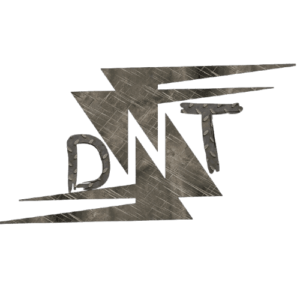What Are Visual Effects? (VFX Basics)
Ever watched a movie and thought, “How did they do that?” Explosions, futuristic cities, or creatures that don’t exist—it’s all visual effects (VFX).
VFX is the tech magic that blends live-action footage with digital elements to create stunning visuals.
Movies, games, and even YouTube videos use VFX to enhance storytelling, making the impossible look real.
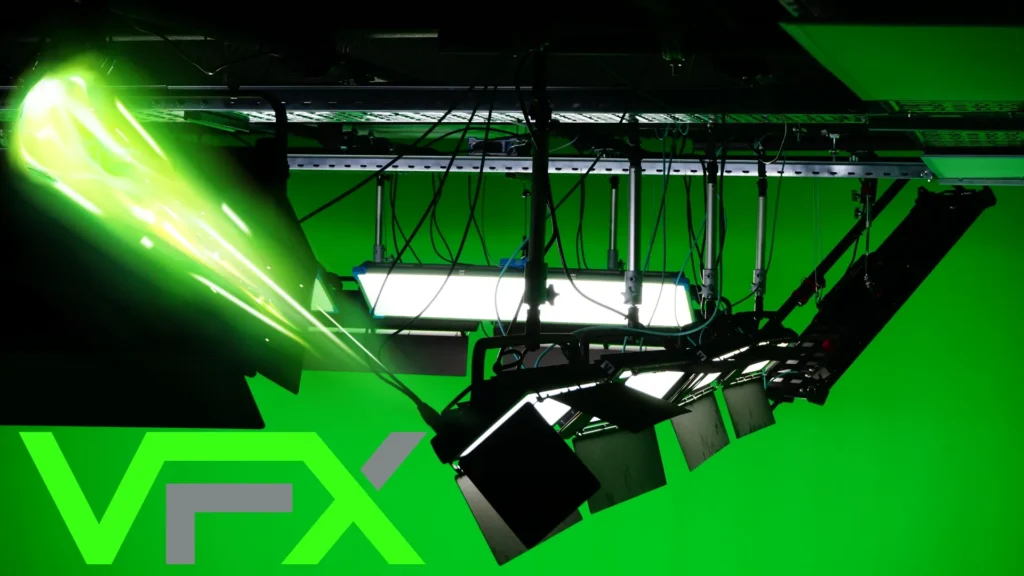
How Are Visual Effects Used in Movies?
Hollywood wouldn’t be the same without VFX.
Here’s how they use it:
- CGI (Computer-Generated Imagery): Think Marvel superheroes, Avatar’s Pandora, or Star Wars’ galaxies.
- Green Screen: Actors perform in front of a solid color, later replaced with any background.
- Motion Capture (MoCap): Tracks human movements to animate creatures like Gollum from Lord of the Rings.
- Compositing: Blending different elements together—explosions, rain, or alien ships seamlessly integrated into live-action.
👉 Example: The Avengers’ battle scenes? 90% VFX, 10% real.
Popular Visual Effects Movies:
- Avatar (2009) – Groundbreaking CGI world of Pandora.
- Inception (2010) – Mind-bending dream sequences.
- The Matrix (1999) – Iconic bullet-time effects.
- Jurassic Park (1993) – Life-like dinosaurs using a mix of CGI and animatronics.
- Interstellar (2014) – Stunning black hole effects, scientifically accurate.
VFX in Gaming: How It Works
Video games are VFX-heavy. Every open-world game, sci-fi shooter, or RPG thrives on it.
Where You See VFX in Games:
- Particle Effects: Smoke, fire, magic spells.
- Physics Simulations: When you smash something in a game, and it reacts realistically.
- Shaders & Lighting: Dynamic lighting for immersive realism.
- Cinematics & Cutscenes: High-quality storytelling moments in AAA titles.
👉 Example: Games like Red Dead Redemption 2 and Cyberpunk 2077 use VFX to create lifelike cities, weather changes, and gunfights.
Want to experiment with game VFX? Try Unreal Engine (free tool): [website link]
Popular Visual Effects Games:
Horizon Zero Dawn – Advanced character animations and lighting effects.
The Last of Us Part II – Realistic environmental destruction.
Cyberpunk 2077 – Neon-lit futuristic city with stunning VFX.
God of War (2018) – Cinematic cutscenes and immersive environments.
Battlefield V – Real-time destruction and war effects.
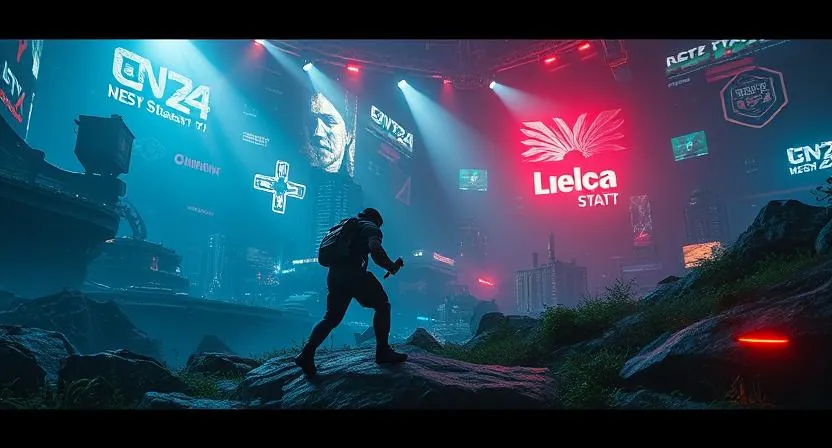
Movies vs. Games: VFX Comparison
| Feature | Movies (Film VFX) | Games (Real-Time VFX) |
|---|---|---|
| Rendering Time | Can take hours per frame | Renders instantly |
| Interaction | Fixed scenes | Player-controlled |
| Detail Level | Ultra-high, one-time rendering | Dynamic, adaptable to gameplay |
| Example | Jurassic Park | The Witcher 3 |
Both are impressive, but games have the challenge of making effects work in real-time.
Free and Paid VFX Software (With Download Links)
Free VFX Software:
- Blender – Pro-level 3D animation & VFX (Download)
- HitFilm Express – Great for compositing & editing (Download)
- DaVinci Resolve – Free VFX and color grading (Download)
- Natron – Free compositing tool similar to Nuke (Download)
Paid VFX Software:
- Adobe After Effects – Industry standard for motion graphics & compositing (Download)
- Autodesk Maya – 3D modeling & animation for high-end VFX (Download)
- Nuke – Professional compositing tool used in Hollywood (Download)
- Houdini – Advanced procedural VFX tool (Download)
Houdini VFX: The Powerhouse of Visual Effects
What is Houdini?
Houdini is a high-end VFX software known for its procedural workflow. It’s widely used in movies, games, and TV shows for creating stunning effects like fire, water, destruction, and explosions.
Unlike traditional VFX software, Houdini allows artists to create node-based setups, making complex effects easy to tweak and replicate.
Why Houdini Stands Out
- Procedural Workflow: Artists can modify effects at any stage without redoing work.
- Advanced Simulations: Industry-leading tools for fire, smoke, water, cloth, and destruction.
- Node-Based System: Unlike layer-based tools like After Effects, Houdini works with nodes, making effects flexible and non-destructive.
- Used in Blockbusters: Movies like Avengers, Frozen, and Interstellar have all used Houdini.
Key Features of Houdini VFX
1. Fluid and Smoke Simulations
- Houdini’s Pyro FX system is great for realistic fire and explosions.
- Used in films like Doctor Strange for its magical effects.
2. Destruction and Rigid Body Dynamics
- The Bullet Solver allows realistic destruction effects.
- Used in games and films to create collapsing buildings and debris.
3. Procedural Modeling
- Artists can generate complex cities, landscapes, and assets automatically instead of modeling everything manually.
4. Crowd Simulation
- Used for battle scenes and large-scale crowd movements (think Lord of the Rings-style armies).
5. Integration with Other Tools
- Works seamlessly with Maya, Unreal Engine, Blender, and Unity.
- Compatible with major renderers like Redshift and Arnold.
Houdini in Movies and Games
Movies That Used Houdini:
- Avengers: Endgame – Destruction and battle scenes.
- Interstellar – Realistic black hole effects.
- Frozen II – Ice and snow simulations.
- Godzilla vs. Kong – Water and creature effects.
Games That Used Houdini:
- Ghost of Tsushima – Realistic wind and environmental effects.
- Assassin’s Creed Valhalla – Procedural landscapes and settlements.
- Horizon Zero Dawn – Advanced terrain and destruction mechanics.
Who Should Learn Houdini?
- VFX Artists: If you want to work in Hollywood-level VFX.
- Game Developers: Creating real-time effects in AAA games.
- 3D Modelers: Procedural generation for environments and objects.
How to Get Houdini
- Free Version: Houdini Apprentice (for non-commercial use) – Download Here
- Paid Version: Houdini FX (for professionals) – Official Houdini
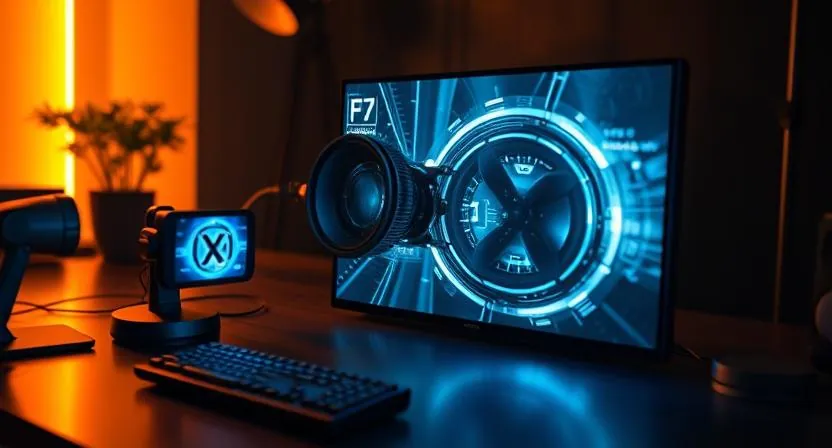
Blender VFX: Step-by-Step Tutorial
Want to create VFX in Blender? Here’s a beginner-friendly guide:
Step 1: Install Blender
- Download Blender from the official website: Blender Download
- Install and open the software.
Step 2: Import Your Footage
- Click File > Import to add your video or 3D model.
- Use the Video Sequencer to manage clips.
Step 3: Set Up Tracking
- Switch to the Motion Tracking workspace.
- Add tracking points to follow object movements.
- Click Track Forward to analyse motion.
Step 4: Add 3D Objects
- Go to the 3D Viewport and insert 3D models.
- Match their position with the tracked points.
Step 5: Apply Compositing
- Open the Compositor tab.
- Add Alpha Over nodes to blend VFX with real footage.
- Adjust lighting and shadows for realism.
Step 6: Render the Final Scene
- Go to Render Properties and choose a high-quality output.
- Click Render Animation and wait for Blender to process your scene.
👉 Pro Tip: Experiment with smoke, fire, and explosions using Blender’s physics simulations.
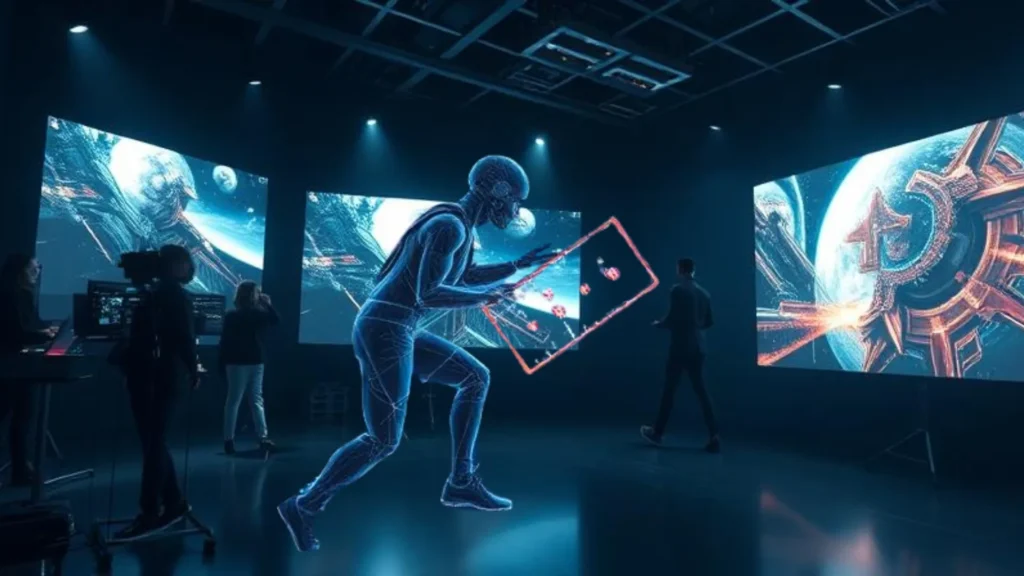
Free and Paid AI Tools for VFX in Movies and Games
AI is changing the VFX industry, making it faster and more efficient. Here are some of the best AI tools for visual effects in movies and games.
Free AI Tools for VFX:
- Runway ML – AI-powered video editing, background removal, and style transfer.
- Features: Object tracking, automatic rotoscoping, and text-to-video.
- Link: https://runwayml.com
- Deep Dream Generator – AI tool for creating surreal and artistic visual effects.
- Features: AI-based image enhancement and texture generation.
- Link: https://deepdreamgenerator.com
- Ebsynth – AI-driven tool for turning videos into animated sequences.
- Features: Converts hand-drawn images into animation with AI frame interpolation.
- Link: https://ebsynth.com
- Kive.ai – AI-powered asset generation for game development and visual effects.
- Features: Text-to-image, automatic concept art creation.
- Link: https://kive.ai
- Stable Diffusion (Automatic1111) – AI image generator useful for concept art and texture creation.
- Features: Generates high-quality textures, matte paintings, and backgrounds.
- Link: https://github.com/AUTOMATIC1111/stable-diffusion-webui
Paid AI Tools for VFX:
- Wonder Dynamics – AI tool for real-time motion tracking and character animation.
- Features: Automatically animates and integrates CGI characters into live-action footage.
- Link: https://www.wonderdynamics.com
- Adobe Sensei (After Effects AI Features) – AI-powered automation for video editing and VFX.
- Features: Smart object removal, automatic color matching, and rotoscoping.
- Link: https://www.adobe.com/sensei.html
- Topaz Video AI – AI-based video upscaling and motion smoothing tool.
- Features: Enhances low-resolution footage to 4K+, AI-based frame interpolation.
- Link: https://www.topazlabs.com/topaz-video-ai
- Nvidia Omniverse – AI-powered real-time collaboration platform for VFX artists and game developers.
- Features: AI-based physics simulation, real-time rendering, and animation.
- Link: https://developer.nvidia.com/nvidia-omniverse
- Disguise Metaverse Studio – AI-powered tool for real-time virtual production and 3D visualization.
- Features: AI-driven background replacement, virtual sets, and AR integration.
- Link: https://www.disguise.one
These AI tools are revolutionizing the VFX industry, making it easier than ever to create stunning visuals for movies and games.
FAQs on Visual Effects
1. Is VFX the same as CGI?
Nope! CGI is part of VFX. CGI creates digital objects, while VFX blends them into real footage.
2. Can I learn VFX without a degree?
100%. Tons of free online courses and YouTube tutorials can get you started. Just practice and build a portfolio.
3. How long does it take to create VFX for a movie?
Depends. Blockbusters take months, even years. A simple VFX shot can take days.
4. What’s the best software for VFX beginners?
Start with Blender (free) or After Effects (industry standard but paid).
5. Do games use more VFX than movies?
Different, but yes. Games need real-time effects, while movies rely on pre-rendered effects.
Final Thoughts
VFX is everywhere—from your favourite movies to the games you play daily.
It’s an exciting field with endless creativity.
Want to know more? Check out: DayTalk

